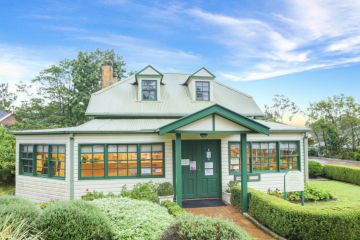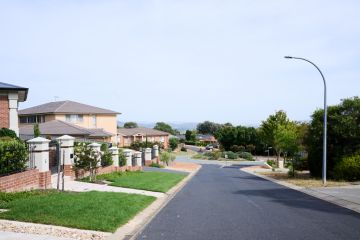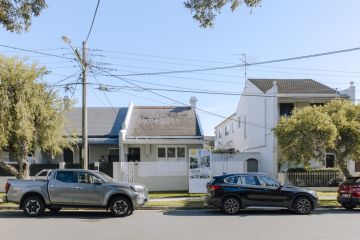Apartment building to plummet in Canberra by 2020, report claims
The ACT is tipped to lead a fall in apartment construction across Australia over the next year, a research house has forecasted.
Australia’s record levels of apartment building are coming to an end, with a 50 per cent decline in commencements expected by 2019-20, BIS Shrapnel’s Building in Australia 2016-2031 report, released on Monday, shows.
The worst decline in 2016-2017 is expected to take place in the ACT, with a 45 per cent drop in dwelling commencements.
High density development across Australia reached a peak in 2015-16, with construction starting on more than 100,000 apartments.
By 2019-20, apartment development will plummet to about 53,800 and reach “more sustainable levels”, BIS Shrapnel associate director Kim Hawtrey said.
“After recording strong growth during the past four years, we estimate that total dwelling starts reached an improbable 220,100 in 2015/16, an all-time high,” Dr Hawtrey said.
“From this level, national activity is forecast to begin trending down over the following three years, with the high-flying apartments sector leading the way down,” he said.
Domain Group chief economist Andrew Wilson said he did not expect Canberra to experience a collapse in the apartment market as unit builds fell.
He said Canberra had experienced a high number of apartment approvals this year, with nearly 800 more units approved compared to a year earlier.
Australian Bureau of Statistics data saw dwelling approvals increase 0.9 per cent in May 2016 on trend terms, led by an 18.7 per cent surge in the Northern Territory and 8.2 per cent increase in Canberra.
“There’s certainly no real sense with the current data of a significant weakening in apartment developments at the moment,” Dr Wilson said.
“Vacancy rates are still quite low in Canberra as well. I think investors will start looking at the apartment market in Canberra with interest, given those 5.6 per cent yields [year-on-year].”
Dr Wilson said apartment construction in Canberra had peaked two to three years ago – ” a sign the boom has tapered off”.
He said most planning authorities were “quite circumspect” and the ACT’s was no exception, particularly with a changing market.
“Canberra tends have a sense of a more controlled environment for new land for residential purposes,” he said.
At the time Dr Wilson said said high levels of apartment construction in the ACT had pushed supply ahead of demand however, the rental market remained tight with unit yields remaining “quite high”.
In contrast, house prices in the nation’s capital jumped 3.1 per cent to a record $654,306 over the three-month period, rising 4.8 per cent over the past year. It was the highest quarterly growth of all Australian capital cities.
The prospect of declining construction, along with an inflation rate at the lowest level since 1999, has made it a “50-50 chance” of an official interest rate cut on Tuesday, Dr Wilson said.
We recommend
States
Capital Cities
Capital Cities - Rentals
Popular Areas
Allhomes
More






